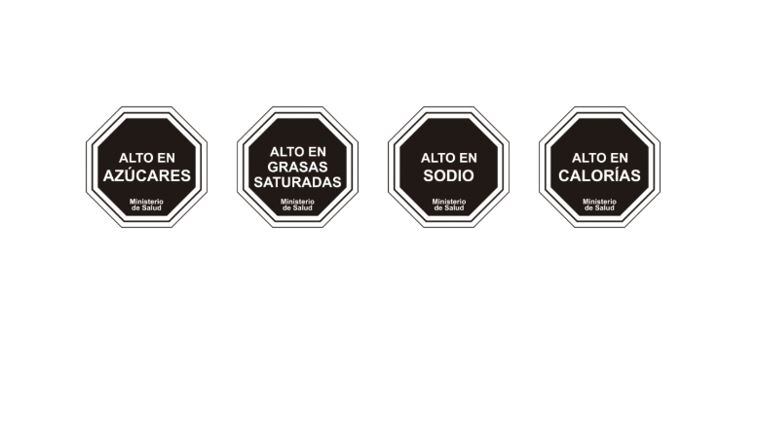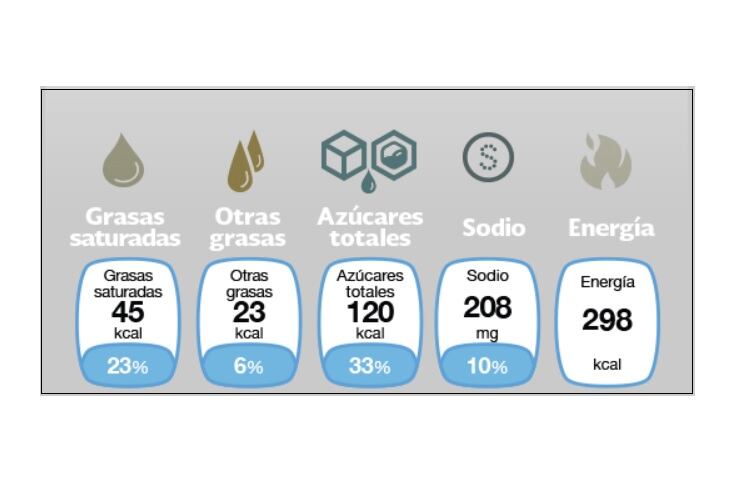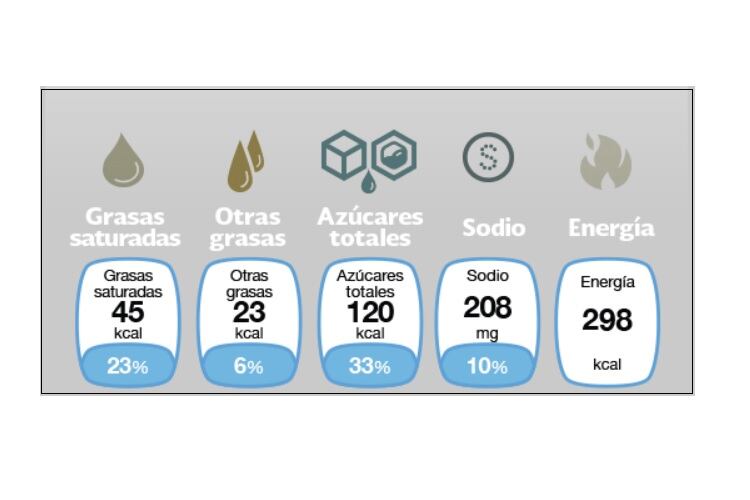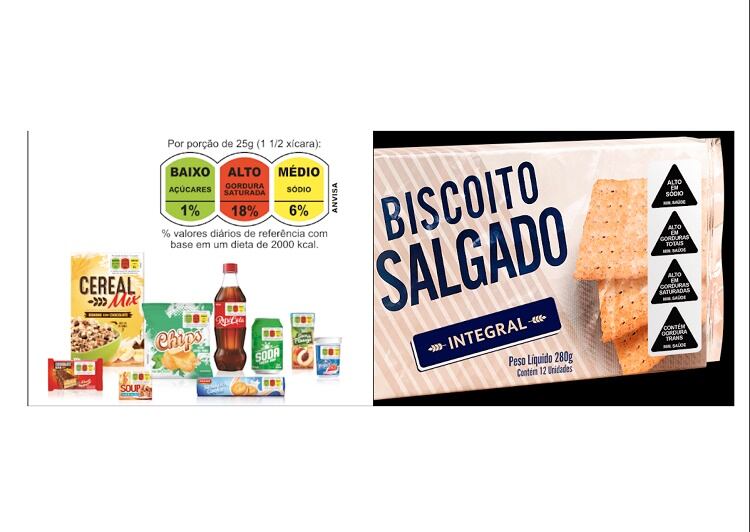The researchers questioned over 1,400 Uruguayan adults on how they would react if Chile's nutrition label - a black and white warning sign that indicates low, medium or high levels of salt, fat, and sugar - was added to the products they buy.
Over 95% of respondents said they saw it as mostly positive, regardless of gender, age or socio-economic status.
A greater percentage of individuals from low socio-economic groups (90%) said the label would help them improve the quality of their diet compared to those with a medium and high socioeconomic status (86% and 84%).
“This suggests [the label] could contribute to reducing inequalities in the ability to make informed choices,” write the authors, suggesting that if Uruguay’s Ministry of Health introduced the labels, it should accompany them with a communication campaign targeted to different population segments.
According to figures from the Ministry of Health, Uruguay has one of the highest rates of overweight and obesity on the Latin American continent, at 64.9%.
The researchers were from the Uruguay's University of the Republic, the National Institute of Food and the Ministry of Public Health as well as Aarhus University in Denmark.
'Reformulation is an interesting business opportunity'
Based on the answers, in-category substitution – swapping unhealthy products for healthier ones – was the most likely impact of the labels, the researchers concluded.
“[Introducing warning labels] should be expected to encourage citizens to replace their usual products by more healthful alternatives but is not expected to cause radical changes in consumer eating patterns.
“These results suggest that product reformulation would be an efficient accompanying policy during the implementation of nutritional warnings, while also an interesting business opportunity for food companies."
The researchers acknowledge other nutrition labels used around the world, from Scandinavia's Keyhole to France's NutriScore but believe Chile's warning label is best for LATAM.
“In the Latin American context, this [Chilean] scheme seems particularly appropriate given the high availability of ultra-processed products with unfavorable nutrient profile in the current food market environment.
‘Deceptively healthy foods’ would be worst hit
A majority said they would change their habits if a product they usually bought had negative warning labels, either by switching to a different brand with fewer or no warning labels, or by cutting out foods from that category altogether.
Over one-quarter of those who said they would continue buying the product would do so less frequently.
Just under 6% said they would keep buying the product regardless of the warning label.
According to the researchers, their findings reflect the findings of real-life studies on the warning label’s impact in Chile.
Food and drink that have “a deceptively healthful image” are likely to be most impacted as the label would give consumers greater clarity over their actual healthiness.
“As an implication, policymakers should communicate the incentive of a business opportunity entailed in the reformulation,” they add.
Source: Public Health Nutrition
“A citizen perspective on nutritional warnings as front-of-pack labels: insights for the design of accompanying policy measures”
Published online 29 August 2018, doi.org/10.1017/S1368980018002045
Authors: Gastón Ares, Jessica Aschemann-Witzel, María Rosa Curutchet, Lucía Antúnez




